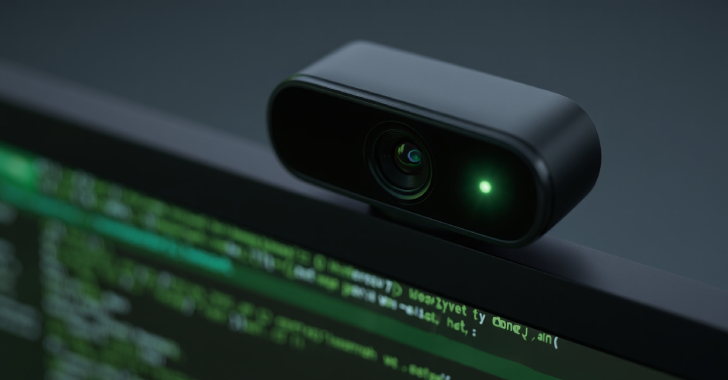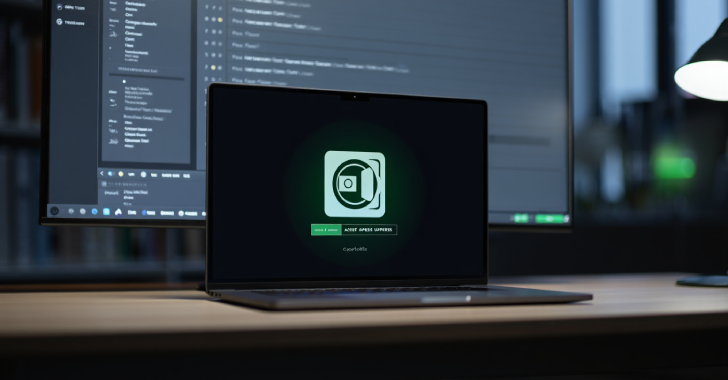Scott Heider is a manager within the Cisco Security Visibility and Incident Command team that reports to the company’s Security & Trust Organization. Primarily tasked with helping to keep the integration of an acquired company’s solutions as efficient as possible, Heider and his team are typically brought into the process after a public announcement of the acquisition has already been made. This blog is the final in a series focused on M&A cybersecurity, following Dan Burke’s post on Making Merger and Acquisition Cybersecurity More Manageable.
Mergers and acquisitions (M&A) are complicated. Many factors are involved, ensuring cybersecurity across the entire ecosystem as an organization integrates a newly acquired company’s products and solutions—and personnel—into its workstreams.
Through decades of acquisitions, Cisco has gained expertise and experience to make its M&A efforts seamless and successful. This success is in large part to a variety of internal teams that keep cybersecurity top of mind throughout the implementation and integration process.
Assessing the Attack Surface and Security Risks
“Priority one for the team,” says Heider, “is to balance the enablement of business innovation with the protection of Cisco’s information and systems. Because Cisco is now the ultimate responsible party of that acquisition, we make sure that the acquisition adheres to a minimum level of security policy standards and guidelines.”
The team looks at the acquired company’s security posture and then partners with the company to educate and influence them to take necessary actions to achieve Cisco’s security baseline.
That process starts with assessing the acquired company’s infrastructure to identify and rate attack surfaces and threats. Heider asks questions that help identify issues around what he calls the four pillars of security, monitoring, and incident response:
What systems, data, or applications are you trying to protect?
What are the potential threats, including exploits or vulnerabilities, to those systems, data, or applications?
How do you detect those threats?
How do you mitigate or contain those threats?
The infrastructure that Heider’s team evaluates isn’t just the company’s servers and data center infrastructure. It can also include the systems the acquisition rents data center space to or public cloud infrastructure. Those considerations further complicate security and must be assessed for threats and vulnerabilities.
Acquisition Increases Risk for All Parties Involved
Once Heider’s team is activated, they partner with the acquired company and meet with them regularly to suggest areas where that acquisition can improve its security posture and reduce the overall risk to Cisco.
Identifying and addressing risk is critical for both sides of the table, however, not just for Cisco. “A lot of acquisitions don’t realize that when Cisco acquires a company, that organization suddenly has a bigger target on its back,” says Heider. “Threat actors will often look at who Cisco is acquiring, and they might know that that company’s security posture isn’t adequate—because a lot of times these acquisitions are just focused on their go-to-market strategy.”
Those security vulnerabilities can become easy entry points for threat actors to gain access to Cisco’s systems and data. That’s why Heider works so closely with acquisitions to gain visibility into the company’s environment to reduce those security threats. Some companies are more focused on security than others, and it’s up to Heider’s team to figure out what each acquisition needs.
“The acquisition might not have an established forensics program, for instance, and that’s where Cisco can come in and help out,” Heider says. “They might not have tools like Stealthwatch or NetFlow monitoring, or Firepower for IDS/IPS operations.”
When Heider’s team can bring in their established toolset and experienced personnel, “that’s where the relationship between my team and that acquisition grows because they see we can provide things that they just never thought about, or that they don’t have at their disposal,” he says.
Partnership over Power Play
One of the most important factors in a successful acquisition, according to Heider, is to develop a true partnership with the acquired company and work with the new personnel to reduce risk as efficiently as possible—but without major disruption.
Cisco acquires companies to expand its solution offerings to customers, so disrupting an acquisition’s infrastructure or workflow would only slow down its integration. “We don’t want to disrupt that acquisition’s processes. We don’t want to disrupt their people. We don’t want to disrupt the technology,” says Heider. “What we want to do is be a complement to that acquisition, – that approach is an evolution, not a revolution.”
The focus on evolution can sometimes result in a long process, but along the way, the teams come to trust each other and work together. “They know their environment better than we do. They often know what works—so we try to learn from them. And that’s where constant discussion, constant partnership with them helps them know that we are not a threat, we’re an ally,” says Heider. “My team can’t be everywhere. And that’s where we need these acquisitions to be the eyes and ears of specific areas of Cisco’s infrastructure.”
Training is another way Heider, and his team help acquisitions get up to speed on Cisco’s security standards. “Training is one of the top priorities within our commitments to both Cisco and the industry,” Heider says. “That includes training in Cisco technologies, but also making sure that these individuals are able to connect with other security professionals at conferences and other industry events.”
Best Practices for Security Considerations in M&A
When asked what advice he has for enterprises that want to maintain security while acquiring other companies, Heider has a few recommendations.
Make endpoint management a priority
Having the right security agents and clear visibility into endpoints is critical. As is inputting the data logs of those endpoints into a security event and incident management (SEIM) system. That way, explains Heider, you have visibility into your endpoints and can run plays against those logs to identify security threats. “We’ll reach out to the asset owner and say they might have malware on their system—which is something nobody wants to hear,” says Heider. “But that’s what the job entails.”
End user education is important, too
Often, end users don’t know that they’re clicking on something that could have malware on it. Heider says user education is almost as important as visibility into endpoints. “Cisco really believes in training our users to be custodians of security, because they’re safeguarding our assets and our customers’ data as well.”
End users should be educated about practices such as creating strong passwords and not reusing passwords across different applications. Multi-factor authentication is a good practice, and end users should become familiar with the guidelines around it.
Version updates and patching are common sources of vulnerabilities
Updating software and systems is a never-ending job, but it’s crucial for keeping infrastructure operating. Sometimes, updating a system can weaken security and create vulnerabilities. Enterprises must maintain a balance between enabling business innovation and keeping systems and data secure. Patching systems can be challenging but neglecting the task can also allow threat actors into a vulnerable system.
Understand public cloud security before going all in
Heider says public cloud operations can be beneficial because you’re transferring ownership liability operations to a third party, like Amazon Web Services or Google Cloud platform. “The only caveat,” he says, “is to make sure you understand that environment before you go and put your customer’s data on it. You might make one false click and expose your certificates to the Internet.”
Cisco Continually Strives for Improvement
Heider says that while a big part of his job is helping acquisitions uplevel their security domain to meet baseline security requirements, there’s always the goal to do even better. “We don’t want to be just that baseline,” he says. His team has learned from acquisitions in the past and taken some of those functionalities and technologies back to the product groups to make improvements across Cisco’s solutions portfolio.
“We’re customer zero – Cisco is Cisco’s premier customer,” says Heider, “because we will take a product or technology into our environment, identify any gaps, and then circle back to product engineering to improve upon it for us and our customers.”
Related Blogs
Managing Cybersecurity Risk in M&A
Demonstrating Trust and Transparency in Mergers and Acquisitions
When It Comes to M&A, Security Is a Journey
Making Merger and Acquisition Cybersecurity More Manageable
We’d love to hear what you think. Ask a Question, Comment Below, and Stay Connected with Cisco Secure on social!
Cisco Secure Social Channels





